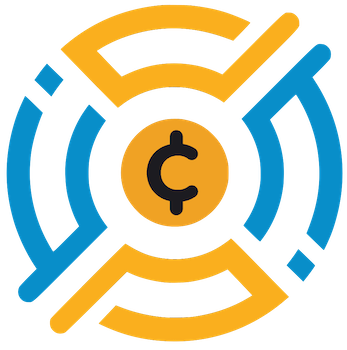The cryptocurrency realm is undergoing a transformative phase influenced heavily by the introduction of the European Union’s Markets in Crypto-Assets (MiCA) regulatory framework. This initiative aims to create a stringent and clearly defined regulatory landscape for cryptocurrencies, particularly focusing on stablecoins. The MiCA regulations, which officially came into effect in January 2023, impose rigorous compliance requirements on stablecoin issuers, entailing greater oversight from EU financial regulators. The notion of compliance has emerged as a driving force that will shape the strategies of various crypto exchanges, compelling them to reconsider and innovate their approaches to stablecoin issuance.
In light of the newfound regulatory pressures, prominent crypto exchanges like Kraken and Crypto.com are pivoting towards developing their proprietary stablecoins. The shift underscores a desire for self-sufficiency and minimizes the risk associated with relying on third-party stablecoin issuers who may struggle to comply with the enhanced MiCA stipulations. This proactive development not only helps in ensuring regulatory adherence but also maintains operational continuity within the intricate EU market. By focusing on their own stablecoin solutions, these exchanges can better manage liquidity and risk, ultimately safeguarding their interests against the backdrop of evolving regulations.
Under the MiCA framework, all stablecoins—also termed as e-money tokens (EMTs) and asset-referenced tokens (ARTs)—must secure authorization from the corresponding EU financial authorities. Additionally, issuers are mandated to maintain a level of transparency regarding their reserves and ensure that they are backed by liquid assets. Approaching stablecoin issuance with the MiCA guidelines in mind pushes issuers into a more accountable position, which arguably enhances consumer protection within the crypto landscape. The regulation has already taken a firm stance, resulting in the delisting of non-compliant stablecoins such as Tether’s USDT from various European exchanges, pushing users and platforms to adapt rapidly.
Kraken has announced plans to launch a US dollar-backed stablecoin through its Irish subsidiary, which strategically positions it to navigate the EU’s market landscape without interruption. This endeavor not only highlights Kraken’s commitment to compliance but also showcases its ambition to retain a robust presence in Europe amidst an uncertain regulatory environment. Similarly, Crypto.com is in the process of developing its own stablecoin, although details surrounding its backing and structure are still under wraps. Notably, Crypto.com has successfully secured a MiCA license from Malta’s financial regulatory authority, enabling its operations throughout all member states of the European Economic Area (EEA).
The regulatory framework set forth by MiCA is expected to yield a ripple effect beyond European borders, potentially influencing crypto regulations in regions such as the United States and Asia. By mandating that stablecoin issuers hold fully backed reserves and implement clear disclosure protocols, MiCA seeks to mitigate risks associated with the use of stablecoins in broader economic frameworks. Furthermore, the introduction of caps on large stablecoins—specifically those exceeding €200 million in daily transactions—signals a proactive approach to curtail systemic risks within the financial ecosystem.
While some platforms, like Circle, are making strides to align their offerings with MiCA, others face daunting challenges. Popular issuers, including Tether, still grapple with regulatory compliance, raising questions about their future viability in the EU market. The urgency is palpable, with exchanges exploring avenues to secure the necessary licenses and align with upcoming requirements. For instance, KuCoin’s recent application for a MiCA license in Austria indicates a broader move within the crypto community towards operational compliance.
As the MiCA framework reshapes the European crypto landscape, exchanges like Kraken and Crypto.com are strategically positioning themselves to thrive. The trend of developing proprietary stablecoins reflects the industry’s shift towards increased accountability and regulatory conformity. In this challenging yet evolving landscape, the ability to adapt and innovate will likely determine the success and longevity of crypto players in Europe and beyond. Engaging with these regulations proactively not only enhances operational integrity but also fosters consumer trust in a maturing market.














Leave a Reply